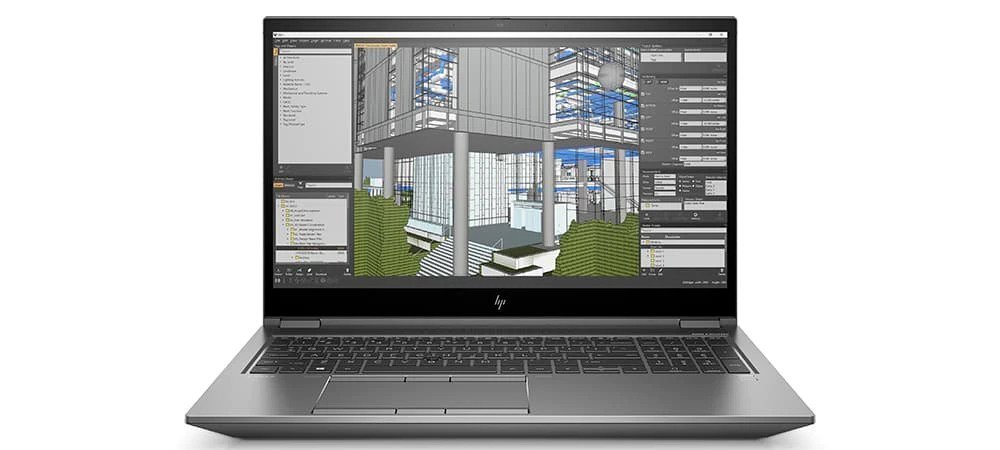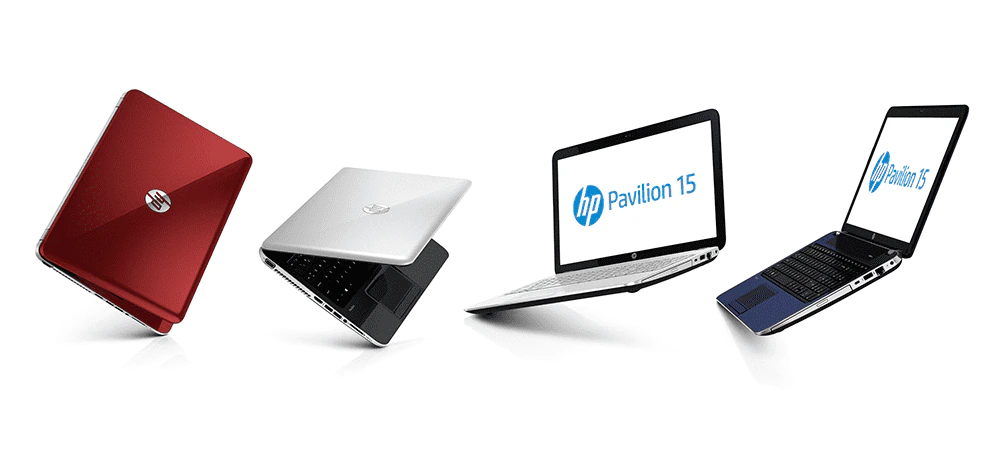Thank you for visiting the MALAYSIA HP Store
-
Contact Us
CONTACT USCall us
- Sales
- 1800 88 4889
- Technical support
- 1800 88 4889
Mon-Fri 8:30AM to 5:30PM
(exc. Public Holidays)
Chat with us- Our specialist are here to help
- Live chat
- Sales
- 60166999350(WhatsApp)
-

Mon-Fri 8.30am - 5.30pm
(exc. Public Holidays)
Live product demo
Store finder Locate our storesSubmit feedback We value your opinion! - Location
- My Account
Tech Takes

-
Posted: October 27, 2023Categories: MonitorRead more »
When you’re facing long hours, loads of open tabs, and a constant flow of complex information, it’s easy to see why the best monitor for programming should minimize eye strain and prioritize your comfort.
-
Posted: October 27, 2023Read more »If you’ve ever worked in the retail or service industry, and most of us have put in our dues in one of these two industries, you probably used to daydream about having a computer-based job. How nice it would be!
-
Posted: October 27, 2023Categories: GamingRead more »HP® has a full lineup of power-packed gaming PCs primed to handle even the most demanding games on the market. Whether you’re looking for a gaming desktop or laptop, here are our five best gaming PCs for you. But first, let’s do a quick overview of what you should be looking for in your gaming computer.
-
Posted: October 27, 2023Categories: PrinterRead more »If you regularly print documents from your home printer, you know how important it is to have a dependable one. After all, nobody wants to deal with the issues that arise from a subpar printer: smudged ink, paper jams and failed print jobs just to name a few of the frustrations.
-
Posted: October 27, 2023Categories: LaptopsRead more »
Mobile workstations are perfect for power users and creators. They are especially suited to creative pros and technical professionals of all kinds, across multiple industries, who are engaged in resource-intensive tasks, activities, and applications.
-
Posted: October 27, 2023Categories: MonitorRead more »
Whether you’re a PC or console gamer, gaming monitors can dramatically enhance your gaming experience. With richer colours, higher refresh rates, and generally more sophisticated image detail and fidelity, the right gaming monitor can make or break your gaming sessions. We’ve narrowed down the options to the best PC gaming monitors that you can get from HP.
-
Posted: October 27, 2023Categories: MiscellaneousRead more »
Starting October 5, 2021, Microsoft began to roll out updates for eligible PC owners to start using the new Windows 11 operating system. For many, this is a long-awaited upgrade full of features that appeal to business professionals, gamers, and creators.
-
Read more »
Computer form factor and terms like it are used to describe the size, specification, or use of your device’s physical case. With most desktop PCs, the form factor is defined by size in comparison to a traditional tower, so you’ll see terms like microtower, slim, and mini. Other terms, like the “small form factor,” emphasize a focus on minimized footprint rather than compact builds.
-
Posted: October 24, 2023Read more »There’s much more to a laptop bag than getting from Point A to Point B. Students and professionals alike need a solution that offers protection on their bumpy bicycle commutes to class or the dash through the airport, but they’d also would like to show up with a bit of style.
-
Posted: October 23, 2023Categories: PrinterRead more »
The printing needs of today's family look much different than they did even a decade ago. With people working from home more often or using their PC to run a small business, it's essential to have a printer that can create professional prints on demand.
- Sales
- 1800 88 4889
- Technical support
- 1800 88 4889
Mon-Fri 8:30AM to 5:30PM
(exc. Public Holidays)
- Our specialist are here to help
- Live chat
- Sales
- 60166999350(WhatsApp)
-

Mon-Fri 8.30am - 5.30pm
(exc. Public Holidays)
Live product demo














